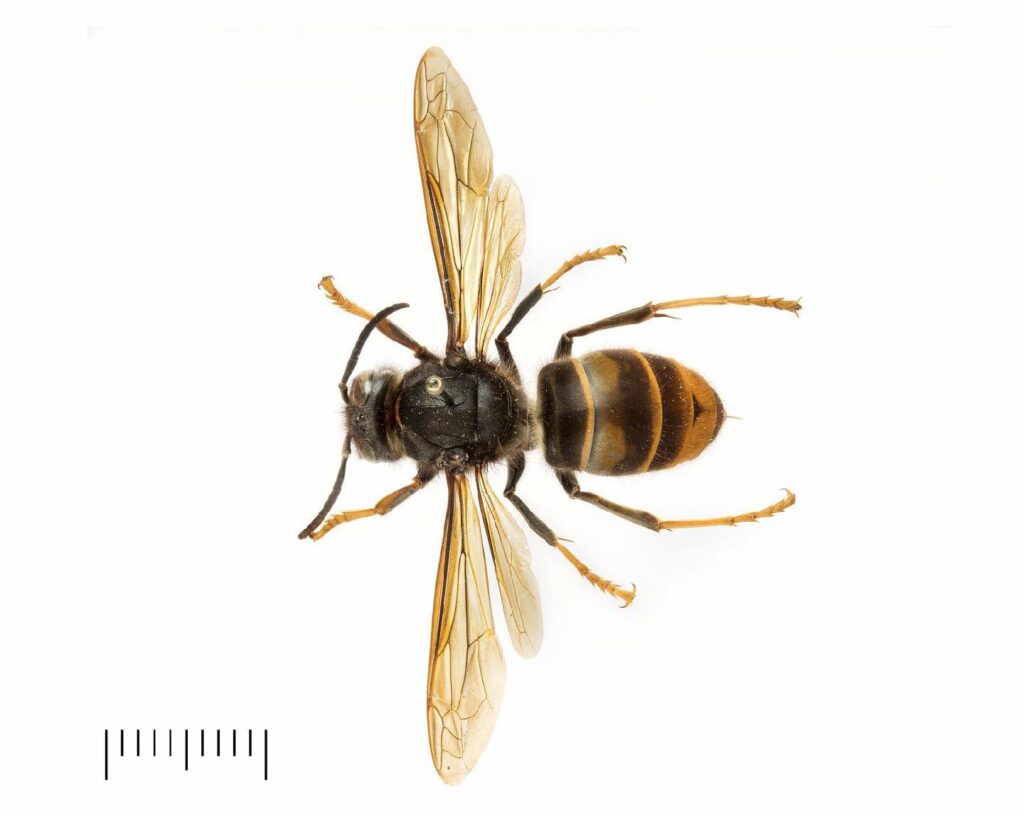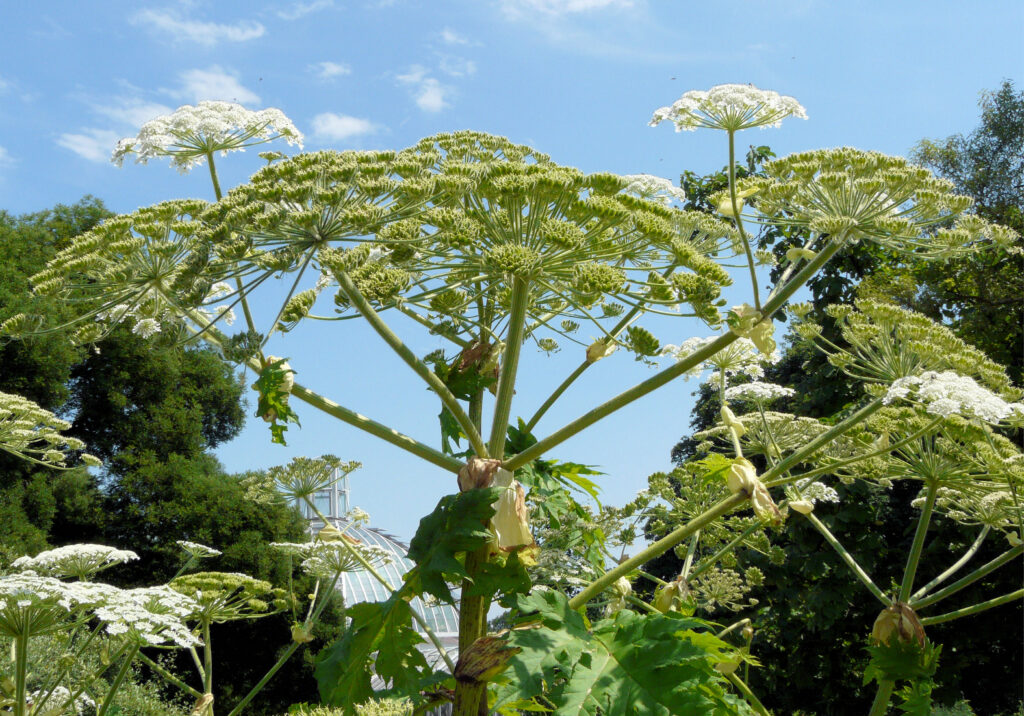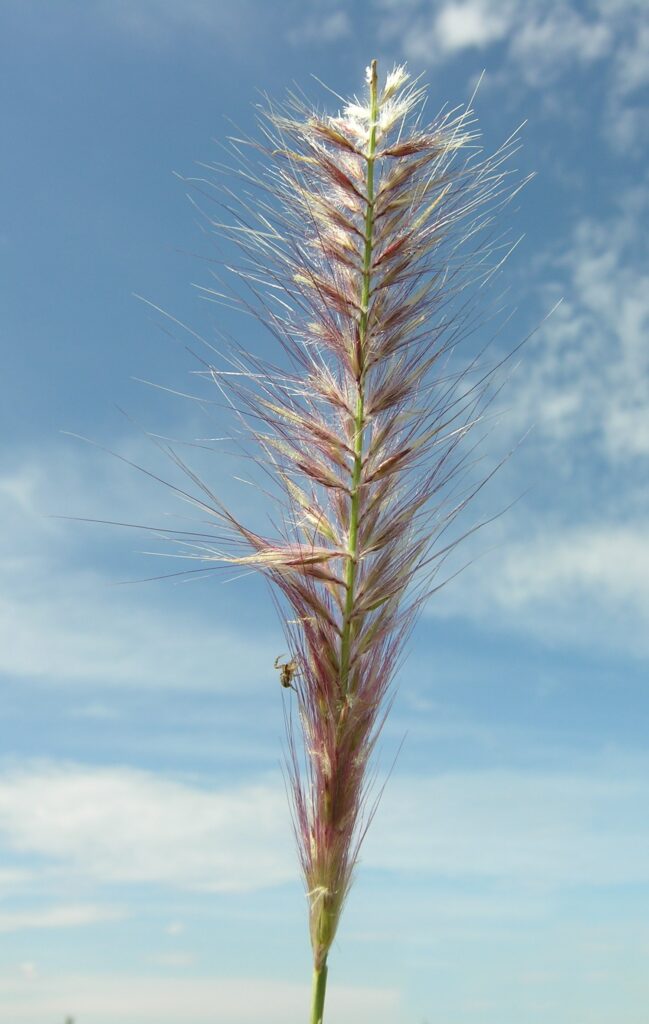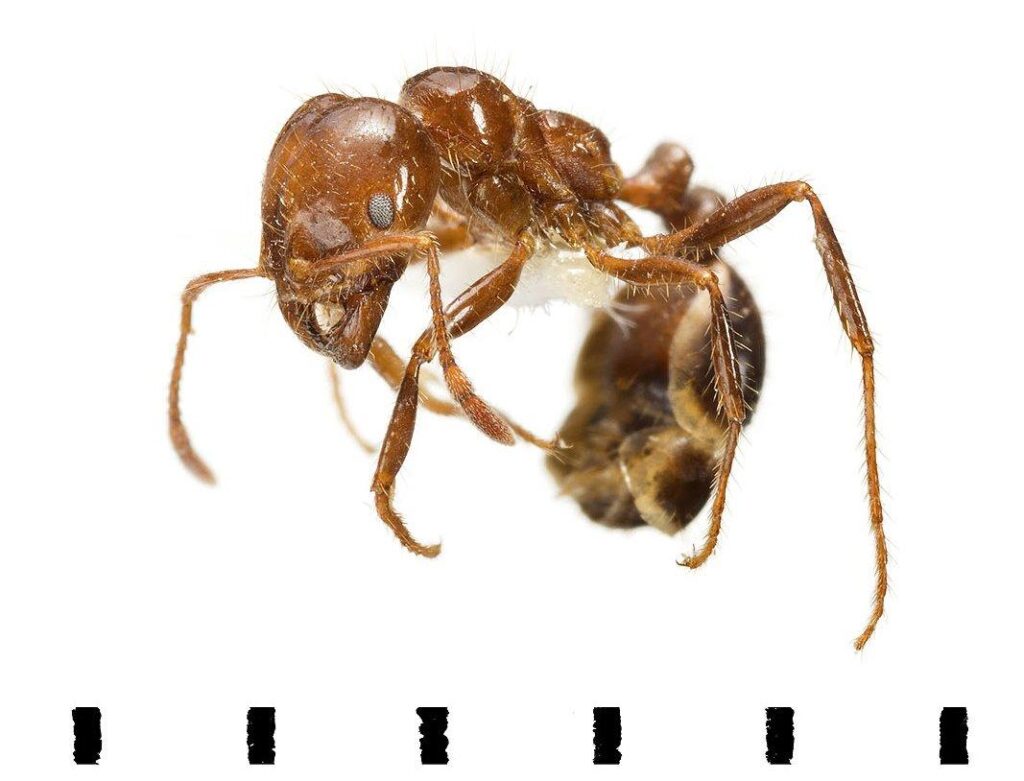Europeana provides various ways to work with and reuse their data. For example, it is possible to create your own galleries for education or storytelling purposes using Europeana’s resources. OpenUp! focuses on providing thematic galleries with natural history data that combine natural and cultural history artefacts.
We started with the creation of several galleries over the duration of a year on the topic of “Invasive Species” in Europe. This block is now completed and you can find the galleries on Europeana. The second initiative aims to create galleries that tell a story about an animal or plant that was digitized in 3D. OpenUp! recently started to aggregate 3D objects for Europeana since the dissemination of them is gradually growing, but the knowledge about 3D digitization has to be further promoted.
View our galleries…






